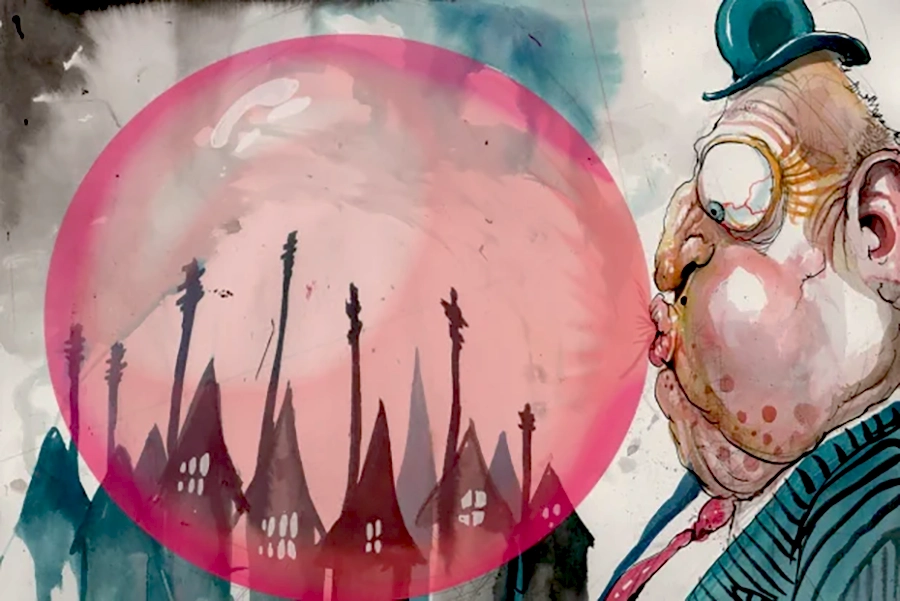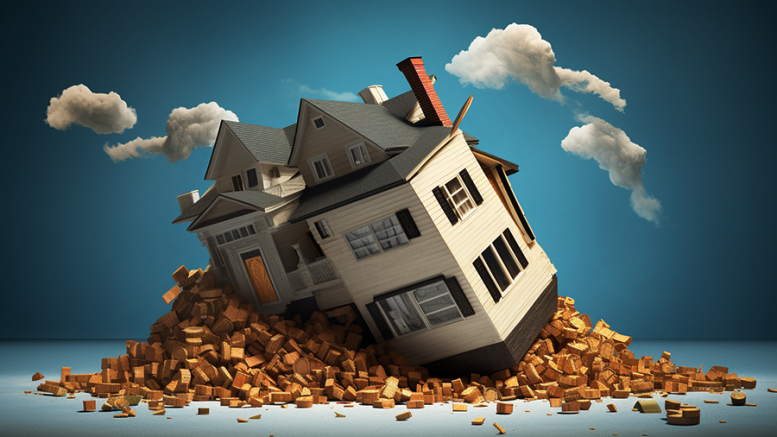Contributed from Victoria
Australia’s big banks report enormous profits and more households find themselves in severe financial stress. This is the ongoing story of Australia, and there is no end in sight. In fact, there is no end in sight to this downward spiral.
A big part of the bonanza for the banks are mortgage repayments. They have taken advantage of the unrestricted ability to impose debt. When it comes to lending money to homebuyers, the compound interest system they use means that what they eventually pay back is a damn sight bigger, often more than double, of what was borrowed.
The banks have taken advantage of and bene a bog part of generating the speculative bubble that has seen an explosion in house prices over recent decades. They get to lend out a lot more money and boost interest repayments, meaning there is no incentive to do otherwise.

Image from the Financial Review
Mortgages are not all that is behind the banks’ combined profit of more than $15 billion in the last year, but it does explain a large chunk of it. Nor are they the sole reason for the high cost of housing. This lies in the failings of the economy, and a key failing is the turn away from providing goods and services to reliance on the creation of debt as the engine of simulated economic growth.
Deregulation of the banking and financial system by successive government has made matters worse and making the industry a principal engine or the simulated growth of the Australian economy. Meanwhile, the real economy goes backward.
In this scenario the rate of defaults in mortgagees continues to rise. Defaults means that people can no longer pay their debt and lose their home. According to the AMNZ, their defaults have jumped 39 percent over the last year. It is similar with the other banks. A much bigger number are facing serious strain. This is a bubble waiting to burst.
Contrary to the peddled fiction, the biggest problem is not interest rates. Excessive debt is Fattened by the property speculative bubble is. Any solution must involve dealing with this bubble. It must also involve doing much more to control how and on hat terms mortgage loans are provided, and an end to the capacity of the banks to take advantage. They should wear some pf the burden now visited on their customers.
One way is to stop defaults because of unavoidable hardship. Another is to co pel the banks to invest in cheaper alternative, not for profit, and secure housing. This would lower demand for mortgages, and thereby their cost.
Relief for mortgagees in serious financial stress is an important element in dealing with the cost of housing crisis.


Be the first to comment on "Looming crisis over Australia’s rising mortgage default rate"